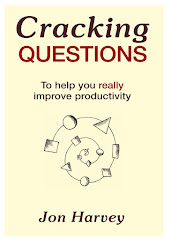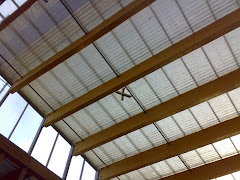Open Space was developed by Harrison Owen. According to Harrison, the idea came to him after an ordinary conference he spent a year designing. He left thinking to himself (and the evaluations proved it) that the best bits of the event had been the break-times when the participants had networked and exchanged ideas with a wide range of people. He resolved to create a conference process that was, in essence, one long coffee break!
Just like a coffee break at an event – you get to talk about the most important things – things that you choose (rather than have chosen for you). You also get to move around and dip between various conversations. Unlike coffee breaks, in an Open Space event you get to know what everyone else is choosing to talk about so that you can join in, as you wish.
An Open Space conference begins with a clear overarching theme and with all the participants usually sitting in a large circle. The rules and principles of the event are explained to every one by skilled facilitators. (One rule, for example, is the Law of Mobility: if you enter a discussion, stay only as long as it is proving to be worthwhile to you. When it stops being worthwhile, move away. One of the key principles is ‘Whoever comes is the right people’ meaning that meetings of one, ten or fifty are equally valid and you work with whomever turns up.) The participants are then invited to suggest an issue that they feel passionate about. After a pause, people come forward, the agenda is built and the event comes alive.
Over the course of one, two or three days, meetings are held, decisions are made, information is recorded and exchanged (having computers and printing facilities on site is a very helpful) and all in all a great deal of work is achieved. Participants have often commented that sometimes months of work can be done in the space of a few hours using this approach.
Open Space is ideal when various interests of different groups are largely unknown and there is a great need to forge some connections between key stakeholders. Open Space allows themes and issues of common interest to emerge in a wholly bottom-up way. It may appear ‘too open’ for some - but it has been shown to be most useful & productive. This is mainly because Open Space is driven by what concerns people the most.
Further information:








.jpg)



No comments:
Post a Comment